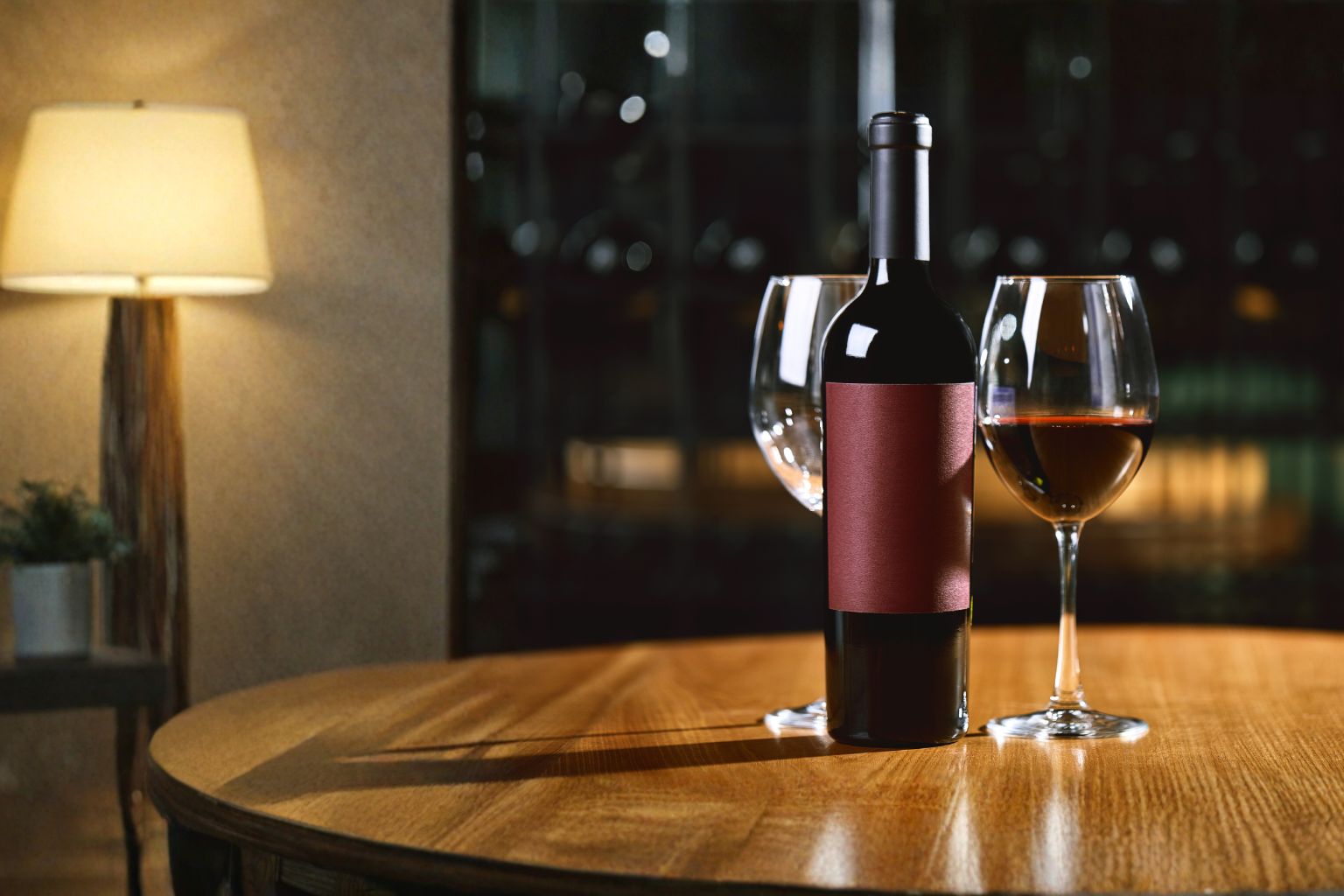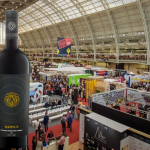The common myth, often reinforced by unconscious reflexes, is that an expensive wine is automatically a very good wine. Similarly, that a cheap wine must be of lower quality. But how much truth is there in these beliefs – and what does a good bottle of wine actually cost?
- The Best Wine Is “Grandpa’s Wine”
- Does Good Wine Cost More Because of Marketing?
- What Makes a Wine Good?
- Wine Is, Above All, a Personal Experience
- How Much Does It Cost to Make a Wine?
- The Price of Image
- The Unpredictable Factors Behind a Wine’s Price
- Abuse of Trust and the Occasional Accident
- Points and Prices
The Best Wine Is “Grandpa’s Wine”
From the wine sold on the roadside to the one bottled in plastic and traded at local markets, there still exists a strong, untaxed and unregulated market – one that not only harms honest producers but also, potentially, the health of consumers.
Ultimately, the best wine is the one you enjoy and can afford. This isn’t about taste, but about the source of the wine. Indeed, before 1989, “grandpa’s wine” may well have been better than what was found in stores – back then, most high-quality wines were exported, and what remained on the local market was often enriched with coloring agents, alcohol, and sugar. Today, that’s no longer the case.
From hygiene issues among small, informal producers to the widespread use of hybrid grapes and the presence of methyl alcohol, there are hundreds of problems. And let’s be honest – you wouldn’t buy meat or eggs that had been sitting for hours by the roadside, would you? So why would you buy a wine forgotten in the sun, in a plastic bottle – oxidized, spoiled, and denatured?

Does Good Wine Cost More Because of Marketing?
You’ve never seen an ad for Château Lafite, have you? The most expensive wines in the world don’t advertise, so it’s not about huge marketing budgets. In fact, wine prices are set quite naturally – at the intersection of supply and demand. When wealthy collectors from China rush to buy a trendy label, the price goes up. When luxury taxes increase and people can no longer show off their purchases, prices fall again – though they remain high, because there are enough wine lovers around the world to sustain demand.
The real price war doesn’t happen at the very bottom – with bulk wines or bag-in-box – where both prices and profit margins are low. Nor does it happen at the very top of the pyramid. The battle is fought between wines priced at €7–20 and those between €20–200. And here, comparisons become much more complicated.
What Makes a Wine Good?
Objectively speaking, a wine can be defined by its balance, complexity, typicity, and aromatic persistence.
– Balance isn’t just about alcohol, residual sugar, and acidity, but also about the harmony between aromas and extract (the solid matter that remains after evaporation, which, together with alcohol and sugars, gives the wine its body and density).
– Complexity refers to the diversity of aromas that complement one another in a harmonious whole – developing over time, “dancing” from foreground to background and back again, sometimes for hours.
– Persistence, also called aftertaste or finish, is a clear sign of quality. The longer the aromas linger after swallowing, the higher the wine is considered to rank in quality.

Wine Is, Above All, a Personal Experience
To analyze a wine strictly according to the criteria above is, in a way, to take away a part of its soul. It’s a necessary practice for international competitions and for tastings held by wine critics or specialized magazines – but it’s also one where the story, the people, the moments, and the personal tastes disappear.
A score may indicate a good wine – and it usually does – but it can never replace the memories a taste evokes: the people you shared the bottle with, the perfect food pairing, the evenings with someone you love, or the laughter-filled barbecues with friends.
For those memories and emotions a wine can awaken – the ones that stay with you forever – no price can be calculated. And so, we return to the question.

How Much Does It Cost to Make a Wine?
From a piece of land (which already costs money) to the wine in your glass, there’s a long journey. Inside a bottle are thousands of hidden costs – from the decision of what to plant (which grape varieties, at what density, from which supplier), to whether or not to install irrigation (increasingly necessary, especially in southern Romania), to the countless operations and treatments in the vineyard. Every decision has a price.
Then comes the harvest – manual or mechanical? Manual harvesting means people, transport, logistics, meals, wages, contracts. Mechanical means fuel, maintenance, spare parts – and machines that can cost anywhere from tens of thousands to hundreds of thousands of euros.
“I would estimate that the harvest represents about 10% of the production cost of a wine,” says Nicu Mateescu, oenologist at Domeniul Bogdan. “Roughly speaking, I’d put annual expenses at around €4,000 per hectare, considering we are a biodynamic winery, which means higher costs.
We use fewer chemical treatments, but we do much more manual work in the vineyard, which brings other expenses. In conventional farming, costs are lower – around €2,500 to €3,000 per hectare.” Next come the costs in the cellar – enormous electricity bills, numerous procedures, and, not least, the oak barrels, which range from €350 to €800 each (and can usually be used only three times). Add to that wages and taxes, and the numbers keep climbing.
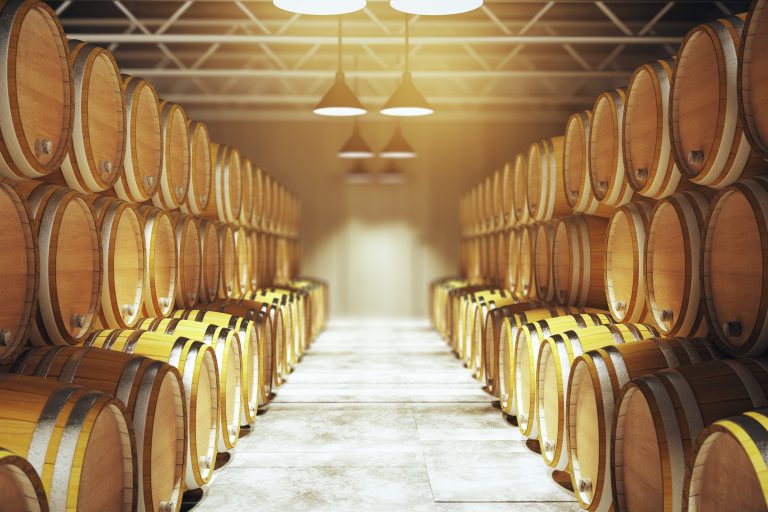
The Price of Image
The bottle – anywhere from €0.20 to €2.
The cork – from €0.03 to €0.80.
The label and capsule also mean branding costs, not just printing, and these can be significant.
Small producers who bottle limited quantities face additional challenges: almost no printing house produces fewer than 5,000 labels per run – and if they do, the price will be the same for 2,000 as for 5,000. Add embossed labels, engraved bottles, or gold foil, and the final price of the wine will inevitably reflect it.
When it comes to marketing and communication, the sky’s the limit. From a few hundred euros for a social media account to hundreds of thousands or even millions for major campaigns – anything is possible, depending on the size of the producer, the group, or the corporation footing the bill.
Realistically, though, these expenses should represent about 20% of a company’s profit, reflected in one way or another in the price of next year’s wines.Finally, everything you see when you visit a winery – from the buildings to the equipment, fermentation and storage tanks, bottling lines, and climate-controlled warehouses – represents investments that must be amortized over time.
Add transport, retailer margins, VAT, listing fees, promotions, losses…
And then, once again, taxes and more taxes on top of everything else.
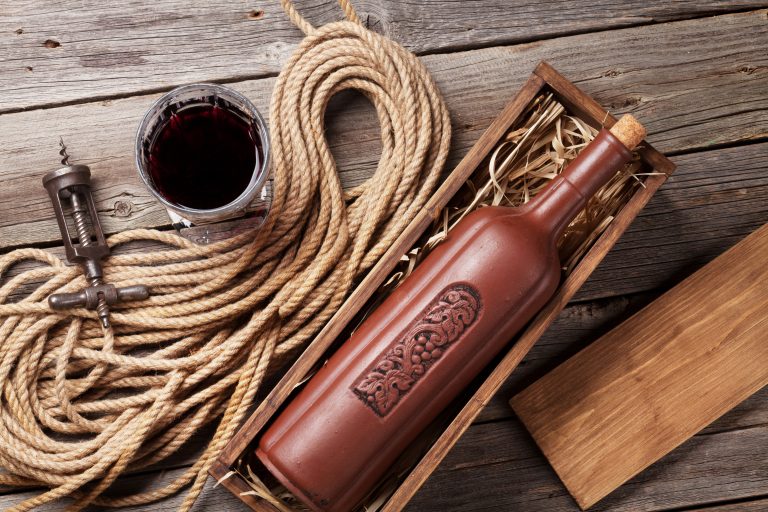
The Unpredictable Factors Behind a Wine’s Price
There are excellent years – and disastrous ones. Frost, hail, rain, or drought can partially or completely destroy a harvest. Yet if a wine from a difficult year turns out to be excellent, its price will rise to compensate for the lost quantity and the fixed costs that remain – because, disaster or not, maintaining a vineyard costs about the same every year.
A prestigious medal or a major award can instantly boost a wine’s price. Several medals, year after year, from respected competitions, will increase demand – and with it, the price.
The time a wine spends in the cellar before the producer deems it ready for market also adds costs reflected in the final price. Some vintages are ready to drink almost immediately, while others need time to “round out” and develop their full character.
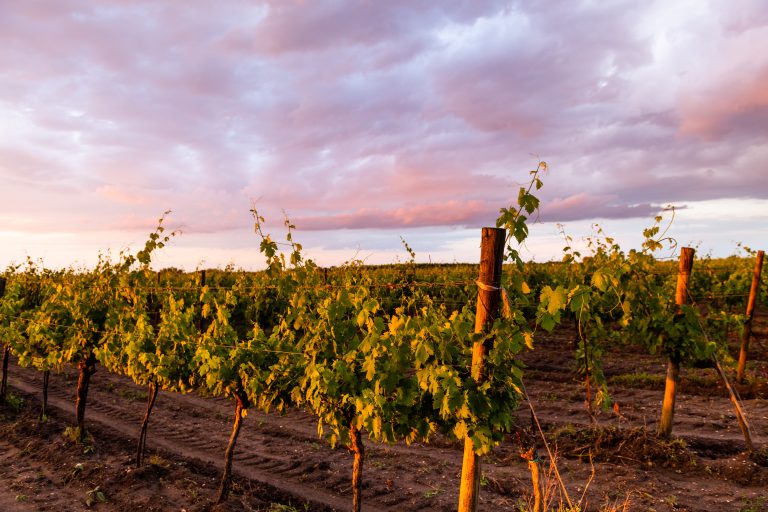
Abuse of Trust and the Occasional Accident
On rare occasions, some producers rely on the snobbery of buyers who always ask for “the most expensive wine,” and they artificially raise the price of certain bottles – usually limited editions, anniversary releases, or “special” collections. There’s a saying that every wine eventually finds its consumer – and that’s true. But another saying reminds us that “the pitcher doesn’t go to the well too often”: if a wine fails to deliver something truly special, future editions may end up unsold.
A well-known experiment illustrates this perfectly: during a wine course, the instructor pours a wine from a decanter, telling students it’s the most expensive bottle they’ll taste in the class. Everyone starts identifying nuances, complexity, aromas, the winemaker’s intentions, and expressions of terroir – none of which actually existed. The wine was, in fact, a simple, everyday bag-in-box wine – pleasant, accessible, and popular.
It’s an unconscious reaction to the idea of exclusivity, luxury, and prestige – a reflex that affects all of us, willingly or not.
On the other hand, truly valuable, very old wines can cost a small fortune – and still hide unpleasant surprises. Reputable wine houses employ experts who carefully assess each bottle, considering the condition of the cork, the ullage (how much wine has evaporated, correlated with the bottle’s age), and the color of the liquid.
For larger collections, one bottle – regardless of its price – is usually “sacrificed” for tasting.
Even so, accidents happen, and the contents can turn out to be undrinkable.
Our advice: always consult an expert before investing in such bottles.
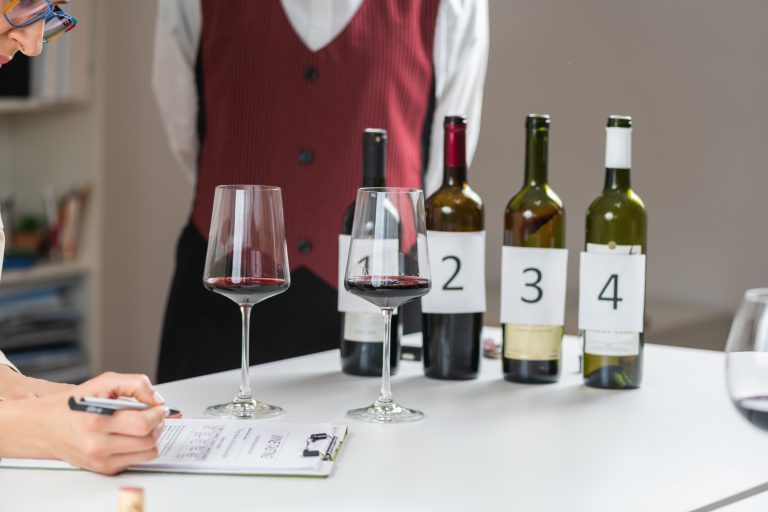
Points and Prices
If you browse specialized websites, you’ll see that a 95-point wine from James Suckling – like Matei 2020 from Crama DeMatei – can start at €20 and go up to €590. For wines rated 97 points, the gap is even wider: from €50 to several (or many) thousand euros. And for wines rated “only” 90 points, prices can range anywhere from €20 to €1,000.
So, theoretically, you could spend anywhere between 100 and 2,500 lei for wines rated the same by critics. What you’re really buying, in most cases, is access to a very limited stock (some producers even have a “country quota,” meaning no distributor or client in a given country can buy more than a few bottles). Such wines often come with centuries of tradition, a beautiful story, and an indescribable feeling that you’ve stepped into a world reserved for a few.
Romania – where these stories are only just beginning – can’t yet charge the same “premium” that comes from decades or centuries of consistent recognition for a region or producer. Which, for us, is good news: we still have the chance to enjoy great and even exceptional wines at prices that don’t fully reflect what’s inside the bottle.
The surest recipe? Taste as many wines as you can – and choose the ones you love, at a price that fits your budget.

